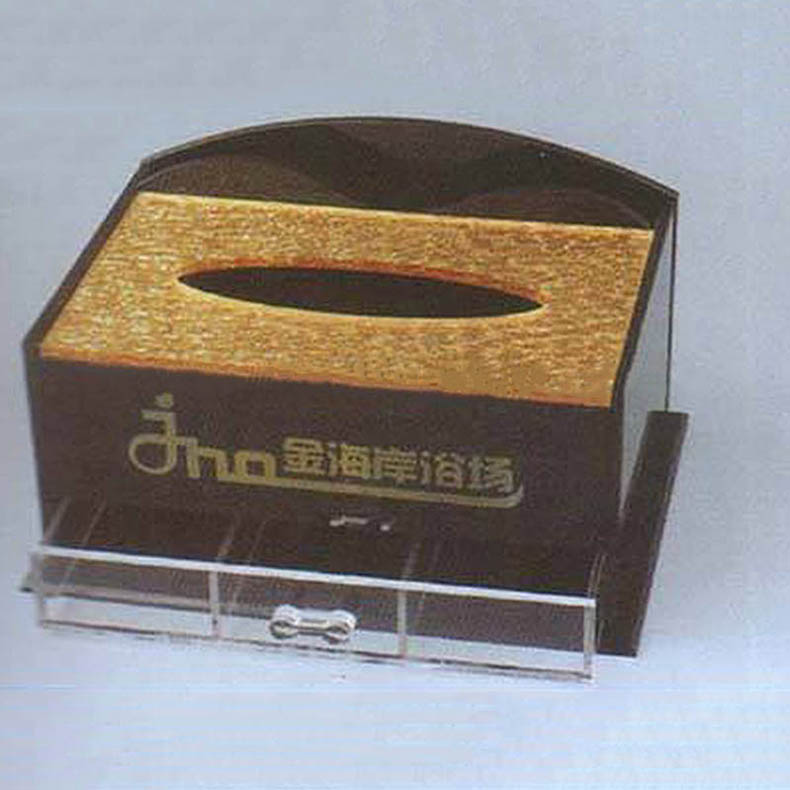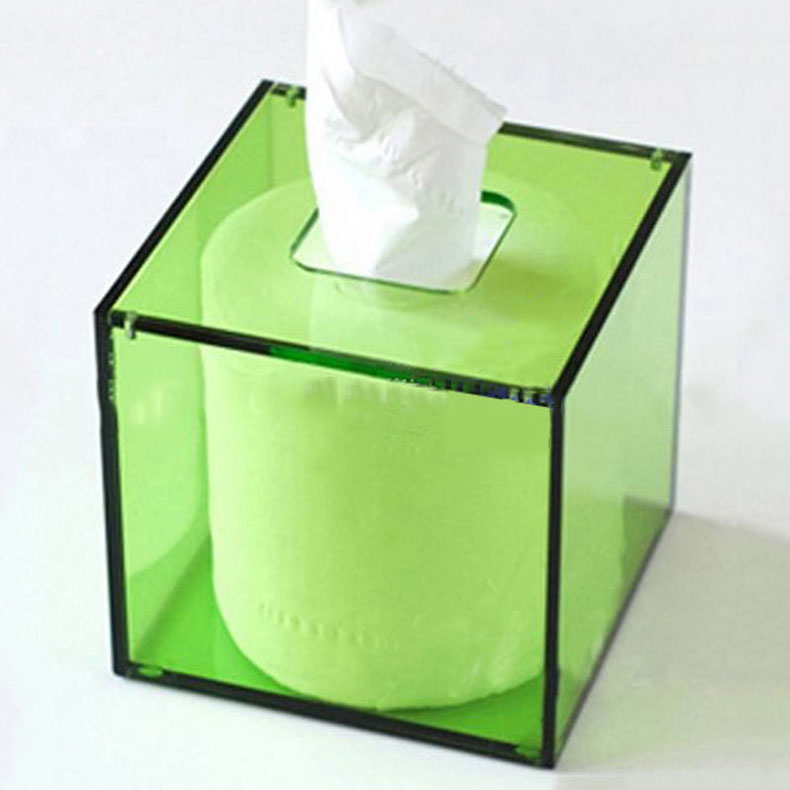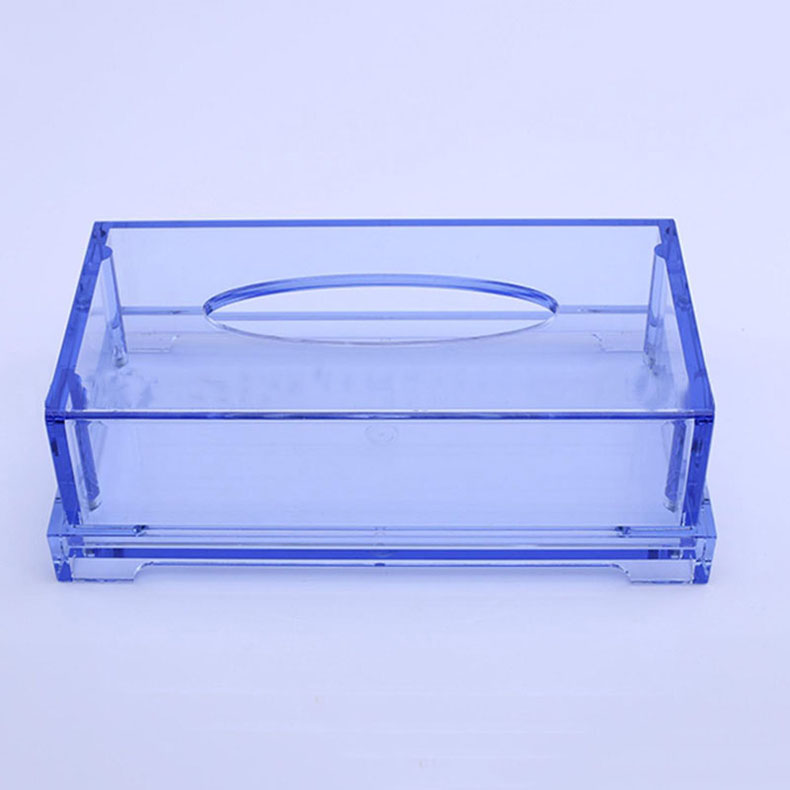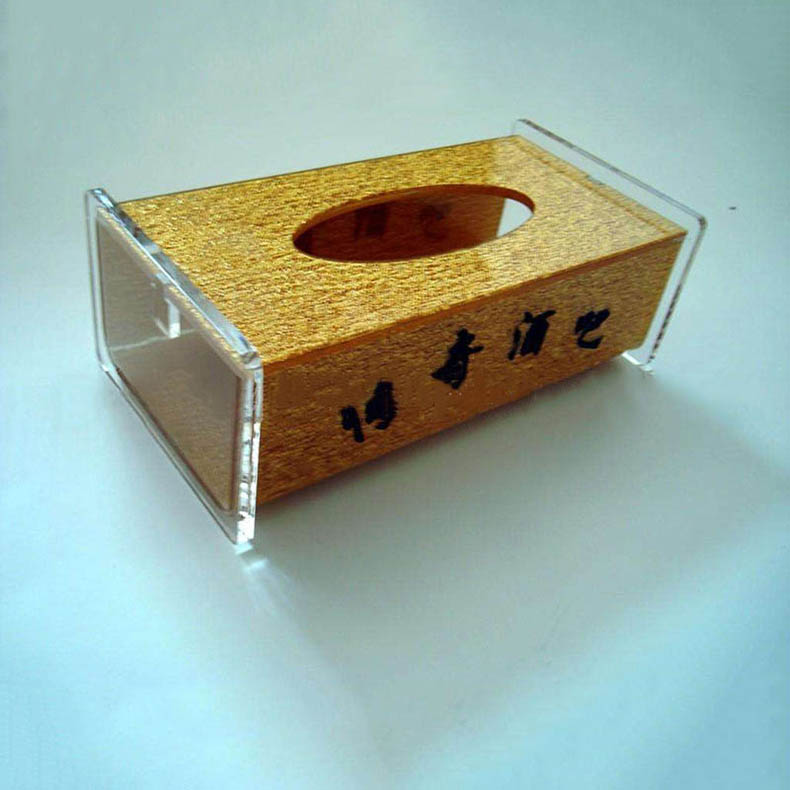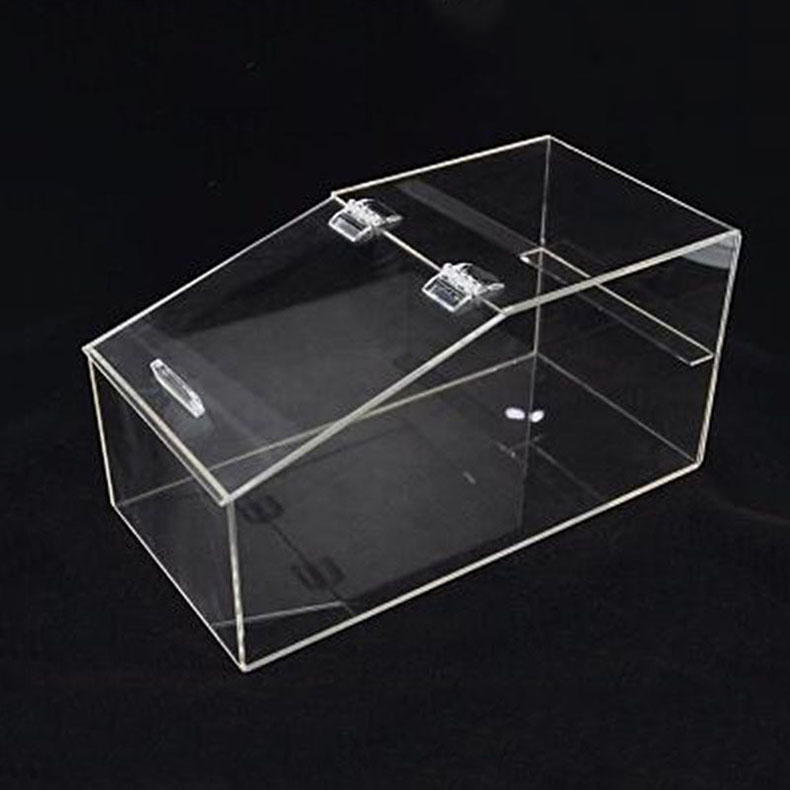Is Acrylic Better Than Glass Lamp Shade? A Comprehensive Examination
When it comes to selecting the perfect lamp shade for your home or office, the material plays a pivotal role in the overall aesthetics, functionality, and durability of the lighting fixture. Two of the most popular materials used in lamp shades are acrylic and glass. Each material has its unique set of characteristics, advantages, and drawbacks, leading many consumers to question, “Is acrylic better than glass lamp shades?” This essay aims to thoroughly explore this question, assessing the pros and cons of both materials.
Understanding the Materials
Acrylic Lamp Shades
Acrylic is a type of plastic that is often used as a glass substitute due to its lightweight and shatter-resistant properties. Acrylic, also known as polymethyl methacrylate (PMMA), can be easily molded into various shapes, sizes, and colors, making it a versatile option for lamp shade design. It’s renowned for its clarity, making it an excellent choice for applications requiring a clear material.
Glass Lamp Shades
Glass, on the other hand, is a classic choice known for its timeless elegance and variety of styles. Glass shades can range from opaque to clear, colored to frosted, catering to a myriad of design sensibilities. Glass lamp shades are often perceived as more sophisticated, offering a level of refinement that many associate with high-quality decor.
Advantages of Acrylic Lamp Shades
Durability
One of the most significant advantages of acrylic lamp shades is their durability. Acrylic is considerably more resistant to breakage than glass, making it a safer choice, especially in homes with children or pets. Accidentally knocking over a lamp with an acrylic shade is less likely to result in shattered pieces, which can pose a safety hazard.
Lightweight
Acrylic lamp shades are notably lighter than their glass counterparts. This lightweight nature allows for easier installation and mobility; if you frequently rearrange your decor, acrylic shades make it simpler to switch things around without the fear of cumbersome items breaking.
Design Versatility
Acrylic offers unparalleled flexibility in design. It can be easily molded into intricate shapes and can be manufactured in a variety of vibrant colors. This versatility allows designers to push the boundaries of creativity, resulting in stunning and innovative lamp shade designs that may be difficult to achieve with glass.
Cost-Effectiveness
In general, acrylic lamp shades tend to be more affordable than glass shades. If you’re working with a tight budget or looking to decorate a larger space without overspending, acrylic shades may provide a more economical choice while still delivering style and functionality.
Resistance to UV Rays
Acrylic is resistant to UV rays, meaning that it will not fade or discolor over time when exposed to sunlight. This durability is particularly advantageous in areas with high natural light exposure, as it preserves the aesthetic quality of the lamp shade.
Ease of Maintenance
Acrylic is generally easier to clean than glass. While both materials require care, acrylic lamp shades can often be cleaned with mild soap and water and are less prone to scratches compared to glass when treated appropriately. This convenience makes them a practical choice for busy households.
Disadvantages of Acrylic Lamp Shades
Heat Sensitivity
Acrylic lamp shades can be sensitive to high temperatures. While designed to withstand moderate heat, they can warp if exposed to extreme temperatures or placed too close to a heat source. This characteristic means that caution is needed when using incandescent bulbs, which can emit significant heat.
Scratch Vulnerability
While acrylic is shatter-resistant, it can be prone to scratching. Over time, the surface may lose its clarity if not handled with care. Maintaining acrylic shades requires attention to ensure they remain scratch-free and preserve their sleek appearance.
Perceived Quality
Acrylic is often viewed as a less luxurious option when compared to glass. For those who prioritize a high-end aesthetic, the look and feel of glass may supersede acrylic’s practicality, leading to a preference for glass lamp shades.
Advantages of Glass Lamp Shades
Aesthetic Appeal
Glass lamp shades are often associated with elegance and classic design. Their ability to be manufactured in various styles, including stained glass, frosted, and colored glass, offers a richness that can elevate interior decor. For many, the beauty of glass cannot be replicated by acrylic.
Heat Resistance
Glass is more heat-resistant than acrylic, making it a more suitable option for certain types of bulbs, particularly incandescent or halogen bulbs, which can produce significant heat. This property allows glass shades to maintain their integrity longer when associated with high-wattage lighting.
Weight and Stability
While being heavier can be a drawback, the weight of glass can also provide stability to lamp designs. Heavier shades can reduce the risk of tipping over, offering a sense of sturdiness that lighter acrylic shades sometimes lack.
Variety in Textures and Finishes
Glass lamp shades come in a wide range of textures and finishes, including etching, patterning, and coloring. This variety allows for intricate designs and customization that can cater to specific stylistic preferences.
Disadvantages of Glass Lamp Shades
Fragility
Glass lamp shades are prone to breaking if dropped or subjected to impact. This fragility poses a risk in households with young children or pets, where accidents are more likely to occur. The potential for shattering also means that care must be taken during cleaning and maintenance.
Weight
As previously mentioned, the weight of glass can be both a pro and a con. While it offers stability, it can also make handling and installation more challenging. This weight can be particularly cumbersome when moving lamps or changing lightbulbs.
Cost Considerations
Glass lamp shades tend to be more expensive than their acrylic counterparts. If you are on a budget, the higher price point of glass shades might not fit into your financial plans, especially when outfitting an entire room.
Maintenance
Glass can be susceptible to fingerprints and smudges, requiring regular cleaning to maintain its clarity and shine. While glass is relatively durable, it can still break if not handled with care during cleaning.
Comparative Analysis
Understanding the specific needs of your space can help in determining whether acrylic or glass lamp shades are the better option for you. Here are some key factors to consider when making your decision:
1. Purpose and Location
The location of the lamp plays a critical role in determining the material. If you need a lamp for a high-traffic area, an acrylic shade may be more appropriate due to its durability. Conversely, for formal settings where aesthetics are paramount, glass shades could enhance the ambiance.
2. Style Preference
Your personal style should influence your choice. If you lean toward modern, minimalist design, acrylic may resonate more. On the other hand, if you appreciate classic or vintage decor, glass shades will likely align with your aesthetic preferences.
3. Budget
Financial constraints can significantly impact your decision. If you’re working within a limited budget, acrylic options may provide the necessary style and functionality without exceeding your spending limits.
4. Lighting Type
Consider the type of bulbs you plan to use. If you opt for LED or other energy-efficient bulbs, both materials can work well. However, if you prefer incandescent bulbs, the heat resistance of glass makes it a more suitable choice.
5. Maintenance Requirements
If you prefer low-maintenance options, acrylic lamp shades may be favorable due to their easier handling and resistance to scratches. Glass, while elegant, may require more meticulous upkeep to maintain its appearance.
Conclusion
In conclusion, whether acrylic is better than glass lamp shades ultimately depends on the specific needs and preferences of the individual. Each material has its unique advantages and disadvantages, making them suitable for different circumstances.
If you are prioritizing durability, lightweight design, or budget considerations, acrylic lamp shades could be the optimal choice. Conversely, if you value aesthetic appeal, heat resistance, and classic elegance, glass lamp shades may be the way to go.
Ultimately, understanding your requirements, style preferences, and the environment in which the lamp will be placed will help you make an informed decision that enhances your living or workspace while providing the functionality you need. Regardless of the choice between acrylic and glass, both materials can deliver beautiful and effective lighting solutions, ensuring that your space shines bright.



